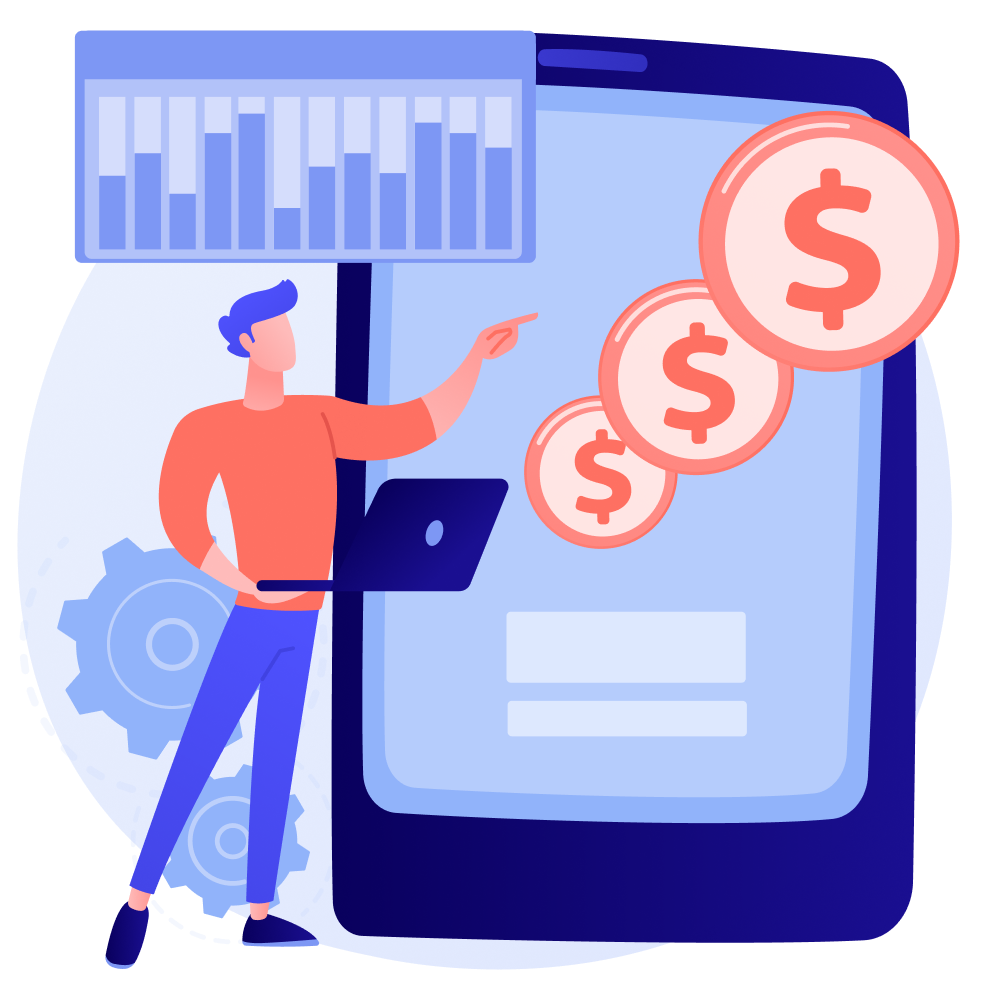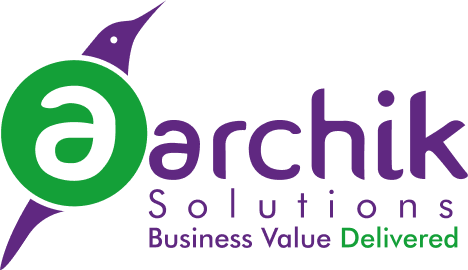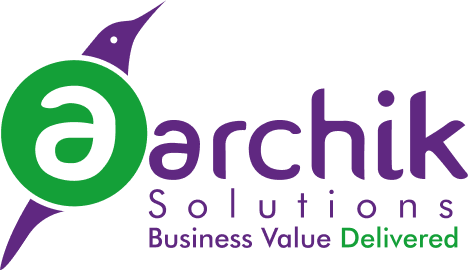Dynamic Pricing In Hotel Industry
Dynamic Pricing In Hotel Industry

Dynamic Pricing
Dynamic pricing is basically an approach. It is an approach as it requires swift and agile adjustments and has a basic objective at its base. Dynamic pricing is basically an adjustment of the pricing of your product depending upon the price sensitivity of each customer. This approach rests on the basic premise that the price sensitivity of each customer is an elastic model which can result in varied pricing points for the product.
Hence, considering that different customers have different price points sensitivities, hence as a prudent market practice, it is necessary that dynamic pricing as an approach should be considered with emphasis and diligence.
It is important to know that besides price sensitivity, there are many other factors that are necessary for dynamic pricing like market conditions, competition price points, any external events affecting the ecosystem etc. We will delve deep into them as we go ahead in our journey
How did Dynamic Pricing originate in Travel?

Airlines were the first industry to transition from a full price tagged world to one where the price can shift throughout the day and week. Before the 1980s, the American government heavily regulated airline prices. But that changed during the 1980s, when the industry took over price-setting. At the time, former ticket clerks spent their entire day making this these price adjustments manually on computers. By former ticket clerks who spent all day changing ticket prices on computers. The price of a seat depended on a number of factors: what time of day the flight was, how close to the flight someone booked the seat, how long the flight lasted, and more, but it ultimately was the clerk who decided what the price would be according to their “gut feeling.” It was a wildly inefficient system, and the airlines lost huge amounts of money. But eventually the airlines realized they were using computers to make these changes…computers they could modify to change seat prices automatically based on known information about a flight path, not just gut feeling. So the airlines took the plunge and did what many retailers are doing today: invested millions of dollars in software to automatically update ticket prices based on a variety of factors. And it works well. This automated dynamic pricing helped pull companies like Delta out of a financial downturn. Shortly after this success, the rest of the travel industry, from hotel chains to cruise lines, followed suit.
General Approach to Dynamic Pricing

Dynamic Pricing Approaches can be broadly categorized as Follows
- Macro Dynamic Pricing Approach
- Micro or Personalized Dynamic Pricing Approach

- Supervised Machine Learning algorithms to analyze data patterns and predict price pattern movements
- Data Inputs are characterized by historical data of a relevant period, wherein the period can typically represent a timeline for which you need the prediction or a timeline which has all the characteristics needed to predict the model
- As the data is quite simple and consistent, simple statistical models like Linear Regression can be used to generate relevant price points
- Some complex models like ARIMA can be used to provide a forecasting mix for the model
The components of this approach can be identified as follows:
- Probabilistic Model using Gaussian Processes for predicting the price points
- Demographics as well as historical data is to be considered
- Real time live data is an important part of this process
- Recommender Systems are also a part of this strategy
Components Of A Dynamic Pricing Framework
Here in this section we will be outlining the components of the Dynamic Pricing Framework using which we can build a detailed and elaborate Dynamic Pricing Framework. The components of the framework are as follows:
01
Data Collection:
It is very important to have a very detailed and seamless collection strategy to ensure that the data repositories have the right featured data
02
Data pre-processing:
Data cleaning, improvement using machine learning techniques and selecting proper attributes for dynamic pricing will be part of this process
03
Data pre-processing:
Here, clustering algorithms like K-Means can be used to perform customer segmentation for the data repository
04
Segmentation:
Further, using regression analysis, we could assign the right price points for each customer segment provided
05
Price Points:
Further, the price points can be adjusted with proper weighted factors for exogenous factors like weather, special events, competitor pricing etc.

Here in this section we will be outlining the components of the Dynamic Pricing Framework using which we can build a detailed and elaborate Dynamic Pricing Framework. The components of the framework are as follows:
01
Data Collection:
It is very important to have a very detailed and seamless collection strategy to ensure that the data repositories have the right featured data
02
Data pre-processing:
Data cleaning, improvement using machine learning techniques and selecting proper attributes for dynamic pricing will be part of this process
03
Data pre-processing:
Here, clustering algorithms like K-Means can be used to perform customer segmentation for the data repository
04
Segmentation:
Further, using regression analysis, we could assign the right price points for each customer segment provided
05
Price Points:
Further, the price points can be adjusted with proper weighted factors for exogenous factors like weather, special events, competitor pricing etc.
Conclusion – How and AI can help in the Dynamic Pricing Approach?
As a conclusion, it is very important to understand that dynamic price prediction and determination requires mapping customer journey at each small step and deriving meaningful insights from each such micro-step. This requirement brings us to the pivotal question of making sense of a humongous amount of signals, with each signal having varied possibilities. This is where AI and Machine Learning come into play for creating models and methodologies to generate frameworks which make analysis and intelligence from such humongous data possible. Using AI and Machine learning frameworks, you can perform a step by process by which generating accurate price points becomes feasible. The general steps that AI frameworks employ are as follows:
- Identify transactions, attributes and demand influencers from the data repository at hand
- Attribute Based Segmentation
- Apply Demand Influencers
- Generate Observations
- Prepare Demand Response Model
- Generate Profit and Revenue Curve
- Generate Revenue/Profit Enhancing Price
All of these steps can be explained in great depth and complete elaborate detail, however that requires another chapter, and we will surely cover that in further articles as we uncover more information on this interesting premise of Dynamic Pricing
Have an Inquiry?

Nilesh P
Nilesh is an avid Blockchain programmer and specializes in ML based algorithms using Python. He is part of the back end practice at AARCHIK Solutions








